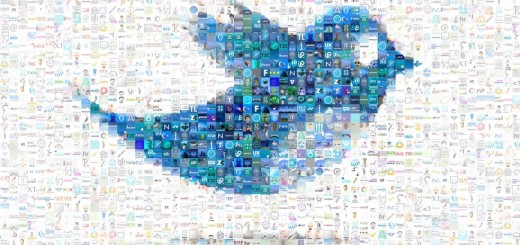Six marketing predictions for 2016
2016 will see brands connect their owned and earned investment with paid media effectiveness, plan effectively around online viewability, adapt to ad blocking and embrace ‘dark social’.
We outline six predictions for 2016 here:
1. O+E+P=ROI
Brands in 2015 rightly invested heavily into owned (O) and earned (E) channels; websites, apps, social, branded content, eDMs…but to date I haven’t observed this investment being linked directly to paid (P) media effectiveness. This is partly due to a lack of clarity around where the responsibility sits within a brand and across its various suppliers. But whichever way you look at it, marketers are not yet fully utilising the data gathering and activation technology available to connect the dots. In 2016, this tide will turn and we’ll see brands truly connecting their O + E investment with Pfor improved business outcomes.
2. Social data flips the creative process
For too long our industry has had an over-reliance on great creative as the means to tap into consumer emotion. In 2016 brands will come at this challenge from the opposite direction; tapping into the emotional state of consumers as the catalyst for marketing activity, rather than the goal. Exceptional and relevant creative will always be important for brands, but the roles of social data and technology are now placing consumer behaviour at the forefront of marketing strategy.
3. ‘Dark social’ wins in Rio
Currently, 75 per cent of all sporting content shared online is via dark social channels (email or instant messenger) compared to the 25 per cent of sport related content that is shared on public social networks. In the Olympic year we’ll see this dark social figure increase further. The brands that successfully capitalise on the social buzz around Rio will do so by shifting their social investment towards the more intimate and valuable world of “dark social”.
4. We understand and see the bright side of ad blocking
In a recent study from Millward Brown consumers reported that they received video advertisements delivered on their smartphone more negatively than on tablets, computers, on-demand TV or live TV. Before the creative is even served up, it’s perceived negatively. This and other consumer behaviour and attitude insights will make us wiser in 2016. We’ll start to see ad blocking as a positive challenge as it will force brands, publishers and tech companies to develop the sort of content and delivery methods that users don’twant to block. They’ll also reduce their reliance on unsophisticated and brand-damaging retargeting practices, which is a good thing for all.
5. Our views on viewability evolve
As the term ‘viewabilty’ becomes better understood in 2016, what will emerge is the view that it is not an end in itself. It is simply another measure to balance in the effort to drive results for brands. If a placement has 50 per cent viewability, it can still outperform an 80 per cent viewable placement if it has 2X the performance or 40 per cent the cost. These types of results are common so we’ll see more sophisticated modelling incorporated into the planning process. Measuring viewability will be very important, but acting on it smartly will become conditional.
6. Cross-device attribution really matures
About 80 per cent of consumer time is spent in-app versus 20 per cent in a mobile browser. 70 per cent of mobile digital ad spend is invested in-app vs. 30 per cent in mobile browser advertisements. Yet, when it comes to tracking conversions, the landscape of cookies offers advantages over device IDs. There are many reasons for it, but this weakness is what keeps in-app ad spending suppressed. 2016 will see the maturation of attribution technologies designed to account for real world conversions by channel.
The post Six marketing predictions for 2016 appeared first on Digital Market Asia.



